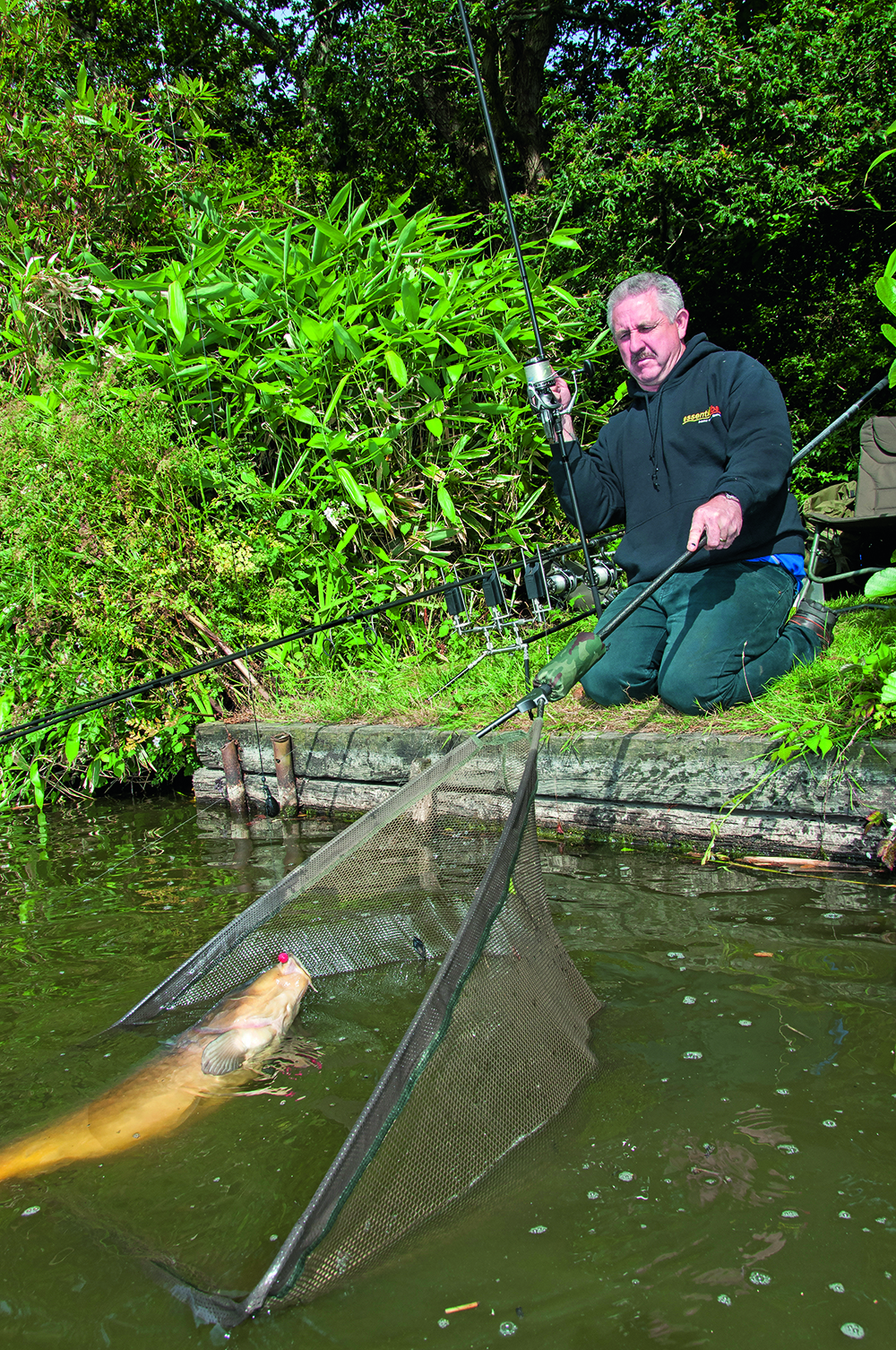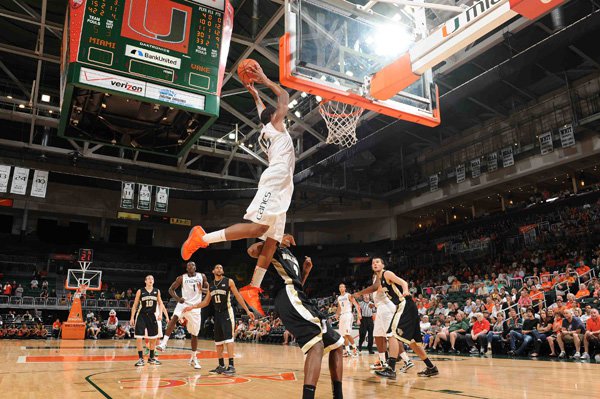bunt defense situations
Question
Hello,
What situations do you call a cover 1,2 or 3 for bunt defense? For example, with a runner on 1st base do I call a cover 2? I coach a JV girl's high school team. I'd appreciate it if you could give me all the scenarios.
Sincerely,
Jeff
Answer
Hello Jeff
Have coverage for all bases for any bunt situation with the goal of getting the lead runner and empower the players to make the right play by going through the situations in practice.
Typically teams will play the first baseman and third baseman inside the baselines to help guard against bunts. The second baseman almost always covers 1st base on any bunt. For fielding a bunt the first baseman, pitcher, and third baseman are responsible for covering the respective areas in front of them. The catcher is usually responsible for balls that fall anywhere within a 3 foot radius in front of the plate.
With a runner on 1st Base the SS covers 2nd base, second baseman covers 1st base, and whoever doesn't field bunt between the third baseman and pitcher will cover 3rd base (third baseman will if neither are in the play). The second baseman again covers 1st base. Many teams (especially colleges) will protect their pitchers by having the catcher cover 3rd base and the 3rd baseman cover home in this situation.
With the relatively short base paths for softball it's difficult to get the runner going to second especially if she is breaking to second base on the pitch as the bunt is put down. In this case I usually have my shortstop yelling 搊ne, one, one?so we at least get the out at first. The first baseman also needs to be ready to throw to third base if the runner tries to continue.
With runners on 1st and 2nd the goal is to protect the corners so either we get a force out with the lead runner going to 3rd base or get the force out at 1st base. The SS covers 3rd base and second baseman will be covering 1st base as usual. 2nd base is generally ignored in this situation however you can have the centerfielder cheat toward 2nd base as a deterrent only (it's generally too risky throwing to a player without a backup). Again if the runners are breaking on the pitch and the bunt is put down the only play may be at 1st base.
With less than 2 outs I instruct my players fielding the ball to go for the lead runner if they get the ball quickly and cleanly otherwise the play will be at first.
If in doubt ?get the out. On a typical time limited game there are 12 to 15 outs per team, get the outs when you can.
shortstop and first base.
proper hand possition for throwing a softball


